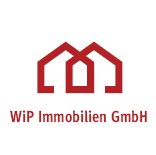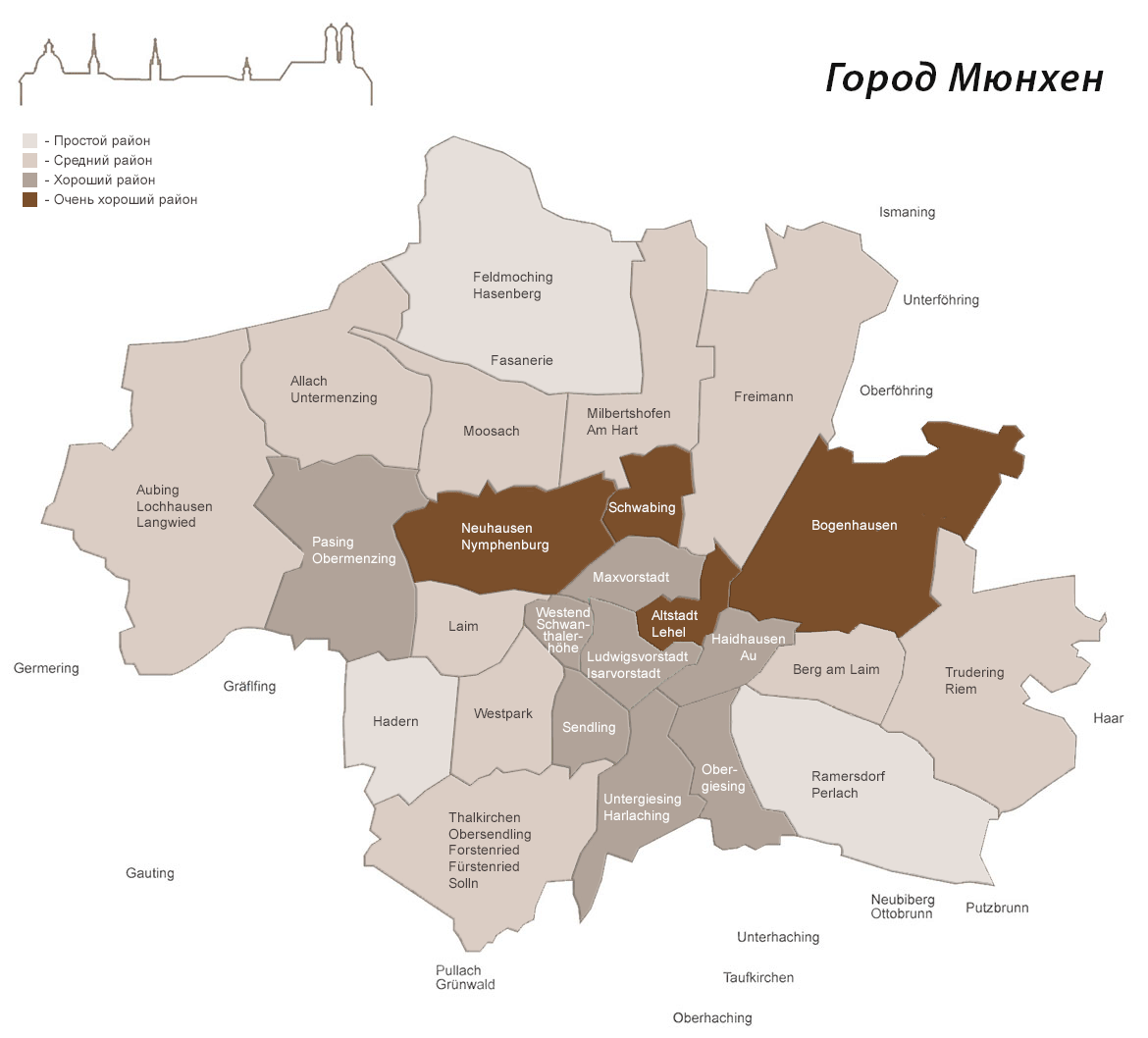Neuhausen
Neuhausen is a very versatile, well-maintained green residential area: the civil and proletarian history of the Bavarian capital of the country are intertwined here in the most intimate way.
Schwabing
For the people of Munich, Schwabing is not just a district of the city – it is a special way of life. Spend a pleasant evening in the outdoor cafe on Leopoldstraße, wander through the many fashionable shops, in the summer wander into the cool shade of the magnificent English Park, sit in the beer garden at the Chinese Tower, walk along the quiet streets with houses built in the Art Deco style, and this is not complete list of what is good in Schwabing.
Altstadt
The Old Town is able to surprise and reveal its secrets, accumulated over hundreds of years, every day, wherever you go. The center of the Old Town is St. Mary’s Square (Marienplatz). This square, or to be more precise, the column of St. Mary, is the center of all Bavaria, where all roads of this southern German land lead like to Rome.
Bogenhausen
The city district of Bogenhausen is located in the north-eastern part of Munich. The area is quite large district, which is divided into 7 parts. It emerged before the founding of Munich, but developed and built up in the era of the Grunders. At that time, it began to be centrally built up, and the most representative elite real estate in Germany appeared here.
Maxvorstadt
In terms of architecture, the Maxforstadt impresses more than any other district in Munich, and no wonder: almost all the most famous sights of the city are concentrated here. The Odeonsplatz and Königsplatz squares, the Arch of Triumph are on the list of must-see places, where the spirit of the city, its peculiarity and uniqueness live on.
Westend
Despite the fact that Munich residents complain about high housing prices, there are still rapidly developing neighborhoods. A typical example is Westend. For years, the former working-class neighborhood has been working toward its new “W-Quartier” status, opening daytime bars, clubs, pubs, and galleries.
Ludwigsvorstadt
The main station, the Oktoberfest, a little Istanbul, and, in contrast, the clinic district: the Ludwigforstad is an active and diverse neighborhood.
Haidhausen
Heidhausen is considered the second Schwabing. Trendy bars and beautiful Art Nouveau houses have transformed the former working-class neighborhood into an exclusive neighborhood that is popular with both students and affluent clients with high expectations.
Sendling
Sendling is one of Munich’s most memorable neighborhoods. The rocky beach of the Isar Flaucher is a favorite spot of the city’s residents, where in good weather old and young come for a picnic with a grill, where you can swim and bask in the sun.
Untergiesing
The traditional center of the neighborhood is the Grunwald Stadium. For many years, the neighborhood was a working-class neighborhood with quite affordable housing. Recent years have brought significant changes in the status of Untergiesing. The green landscape of the Auen of the Isar River is a beautiful recreational area, a favorite of many residents of the city.
Pasing
Pasing is the lively western center of the Bavarian capital of the country, with many commercial enterprises around the Marienplatz square and Pasing station.
Obergiesing
Giesing is older than Munich, its foundation dates back to the year 790, it is mentioned in the historical documents of that time as the settlement of “Kiesing”. Over the centuries the settlement consisted of farms, by 1812 there were already 18 of them.
Freimann
This area is home to Munich’s favorite park recreation areas: the magnificent English Garden, the Frotmaniger Heider and the Upper Isarau. And the Student City, located in this district, is Germany’s largest student residential area.
Milbertshofen
If you want to find the definition of the Milbertshofen area, you don’t have to think twice: Olympia. The Olympic Park, the Olympic Stadium, the Olympic Village – the 1972 games created this neighborhood.
Feldmoching
Feldmoching is probably one of the most rural areas of Munich. Above all, the local historic center with its old courtyards and restaurants is reminiscent of Bavarian village life.
Moosach
You’ll find one of Munich’s most interesting residential complexes here, the Borstein, built in 1924-1929, a convenient Olympic shopping center.
Allach
It belongs to the oldest districts of the Bavarian capital, which received the status of an autonomous community.
AUBING
Aubing was once a small village, you can still see this in the old farmsteads that are still intact today and by visiting its historic center with the church of St. Quirin.
Hadern
Hadern is primarily a residential neighborhood, characterized on the one hand by large residential neighborhoods and on the other by ornate single-family homes. The neighborhood is famous for the Gros Hadern Clinic, Munich’s largest hospital.
Thalkirchen
The beautiful coastal meadows of the Isar with numerous bathing places, paths for hiking, the historical center, preserved since the Middle Ages – this is the combination that attracts to this area of Munich and makes it so popular.
Ramersdorf
Ramersdorf is primarily a residential area, where there are social houses along with smart residential neighborhoods.
Berg am Laim
Berg am Lime is one of those Munich neighborhoods whose charm you don’t recognize at first glance. It is surrounded by large, modern housing estates, but has retained its historic center with old buildings and St. Michael’s Church, one of Munich’s most beautiful churches.
Trudering
Trudering is a multifaceted neighborhood that combines several styles and trends: for a long time it was called the “Garden District”, convenient for families with children; here you can also find neighborhoods with houses typical of the Bavarian countryside, neighborhoods of expensive villas, modern city blocks and beautiful quiet park areas.
Laim
The Lime district has many faces: the large buildings in Landsberger Strasse, the idyllic single-family homes in the villa district, Lime Castle Park or the rustic buildings of Laimer Platz with St. Ulrich Church.
Westpark
Westpark is one of those parts of the city that are less often considered when looking to buy a home. This is due to the fact that the entire Zenling neighborhood, which includes Westpark, has always been considered an industrial, working-class neighborhood.

